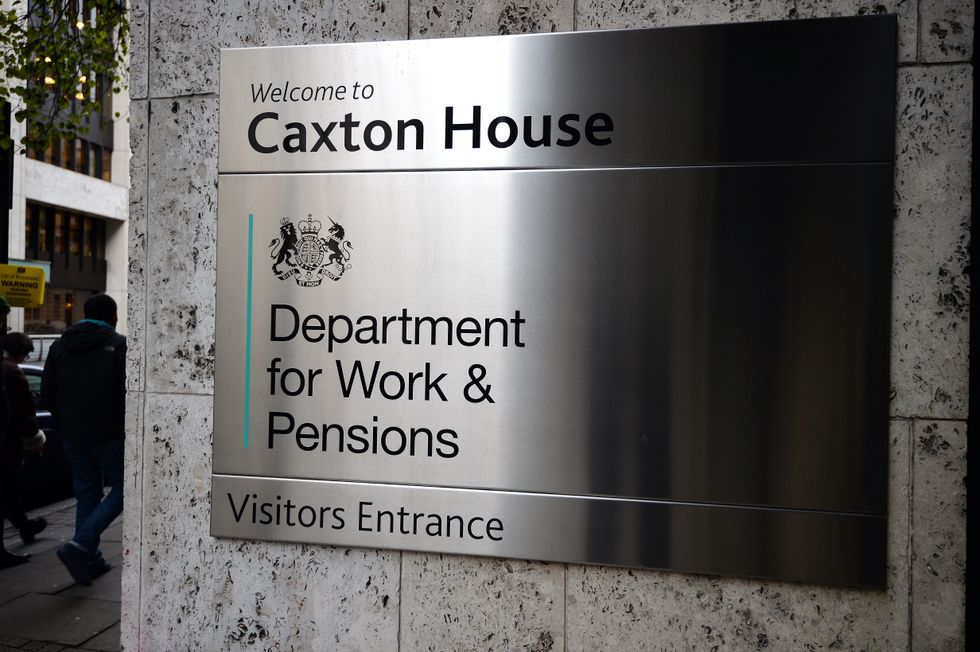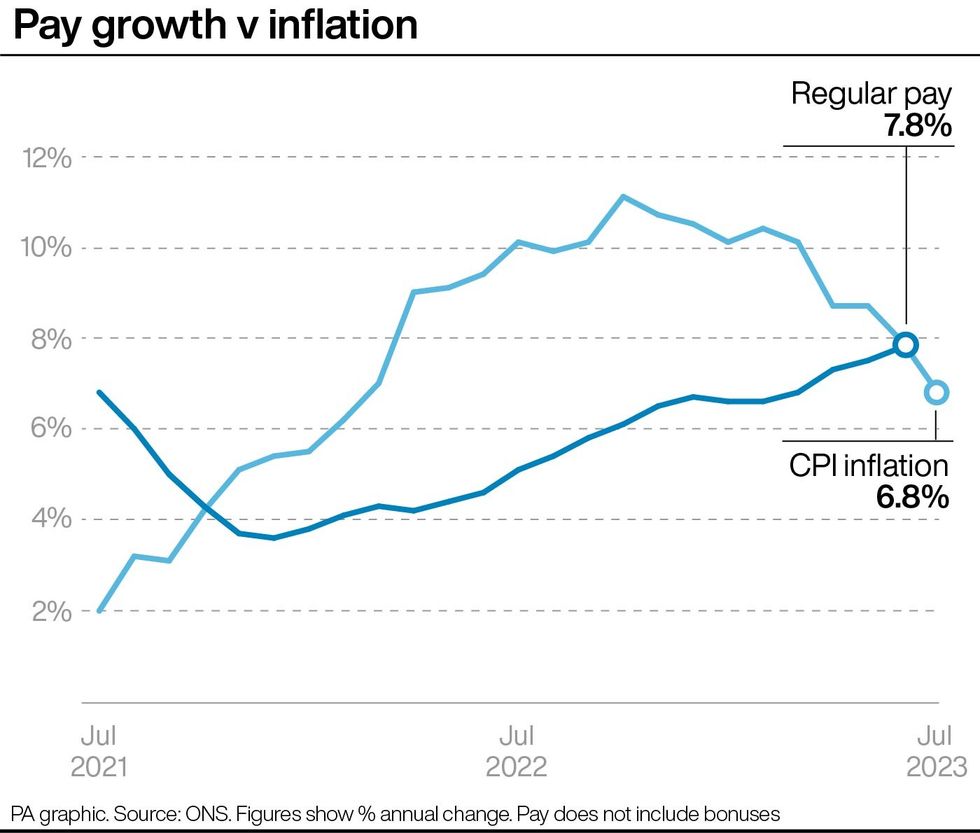State pension under pressure as birth rates hit 20-year low: ‘It needs to be addressed’

There’s mounting pressure to address how the state pension will be paid for in the future
The state pension is paid via National Insurance contributions, meaning the working generation funds the generation older than them
Don't Miss
Most Read
Trending on GB News
The question of state pension affordability has been thrust into the spotlight again amid an ageing population and birth rates hitting a 20-year low.
There were 605,479 live births in England and Wales in 2022, the lowest number since 2022, Office for National Statistics data shows.
There’s mounting pressure to address how the state pension will be paid for in the future, as lower birth rates mean there will be fewer working age people to support a larger retired group.
Helen Morrissey, head of retirement analysis at Hargreaves Lansdown, said: “After a slight increase in 2021, births resumed their downward slide in 2022, hitting the lowest number in twenty years.

The state pension needs to be claimed from the DWP
PA
“It’s a concerning trend as we see a burgeoning population of older people in, and moving towards, retirement and we have fewer working age people to support them.
“The fact we are living longer is a real positive but as the state pension bill continues to grow, we need to look at how we can continue to support it without placing an intolerable burden on a smaller working population.
“They already face their own financial challenges of saving for their own retirements and getting on the housing ladder.”
The state pension age is currently rising – it is due to reach 67 between 2026 and 2028 and 68 between 2044 and 2046.
The government plans to have a further state pension age review within two years of the next Parliament to reconsider the rise to age 68.
Ms Morrissey said: “The prime minister has pledged support for the triple lock, and a review into increasing state pension age opted against accelerating the shift to 68 years old.
“It’s time to take a step back and look at what needs to happen to the state pension long-term to give people certainty about what they will receive and when.
“With a general election looming it is understandable that this is an issue government will not want to address right now but a review of the state pension is something that needs to be addressed in the very near future.”
A trend of rising earnings data has sparked further concern about the cost of the state pension triple lock.
Figures published this week show Consumer Price Index inflation eased to 6.8 per cent in the year to July, but wage increases have soared to a new record high of 8.2 per cent.
LATEST DEVELOPMENTS:

Consumer Price Index inflation eased to 6.8 per cent in the year to July, but wage increases have soared to a new record high of 8.2 per cent
PA
While the figures used for next year’s triple lock haven’t been published yet, experts have warned it could mean the policy is altered.
Becky O’Connor, director of public affairs at PensionBee, said: “As scrutiny increases on the cost of the state pension to the public purse, the Government will be under pressure to break or at least adjust the triple lock.
“The Government broke the triple lock in the wake of the pandemic when earnings growth soared above eight per cent that year, so there is precedent for a change on the basis of data that seems too high.”
However, a DWP spokesperson said: “The Government is committed to the triple lock. As is the usual process, the Secretary of State will conduct his statutory annual review of benefits and state pensions in the Autumn, using the most recent prices and earnings indices available.”








